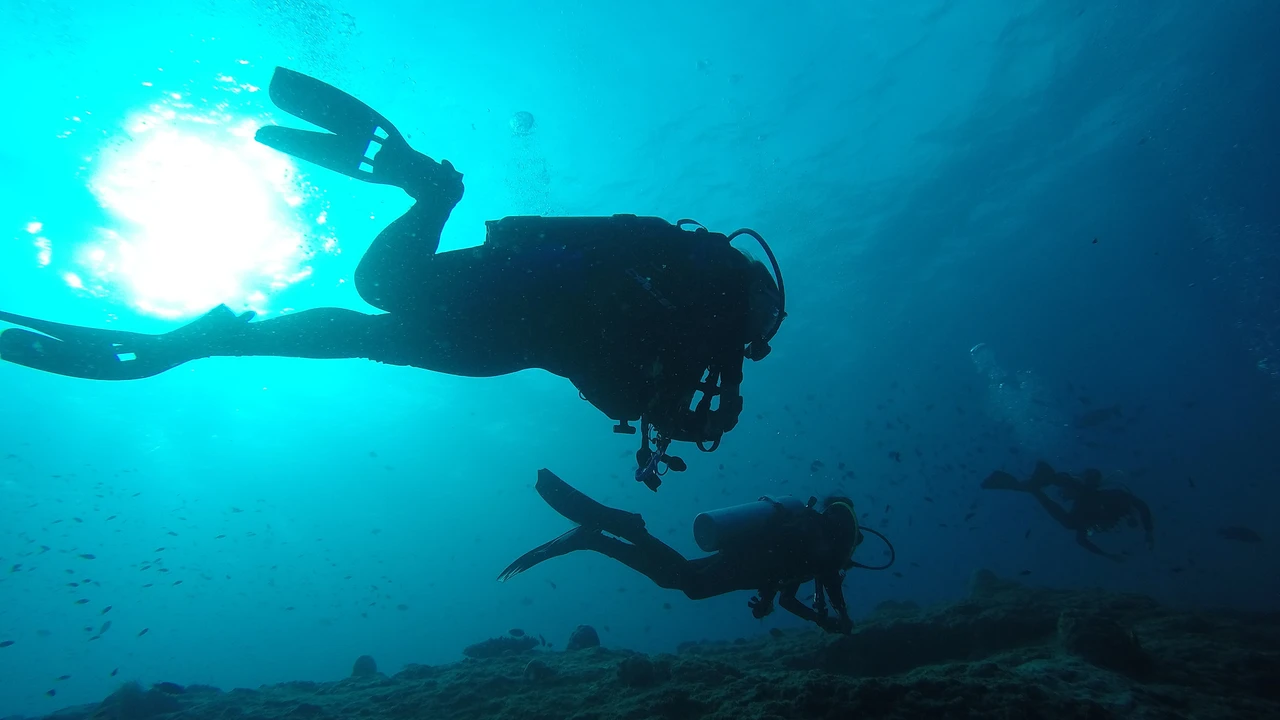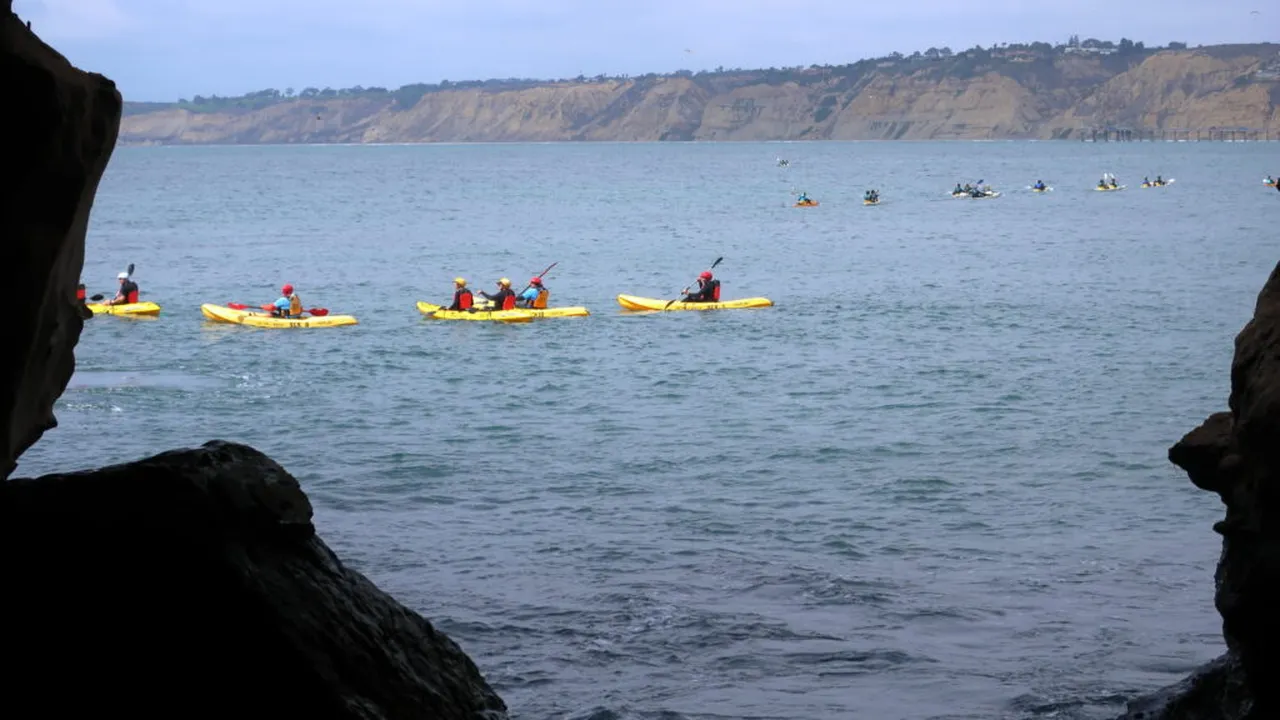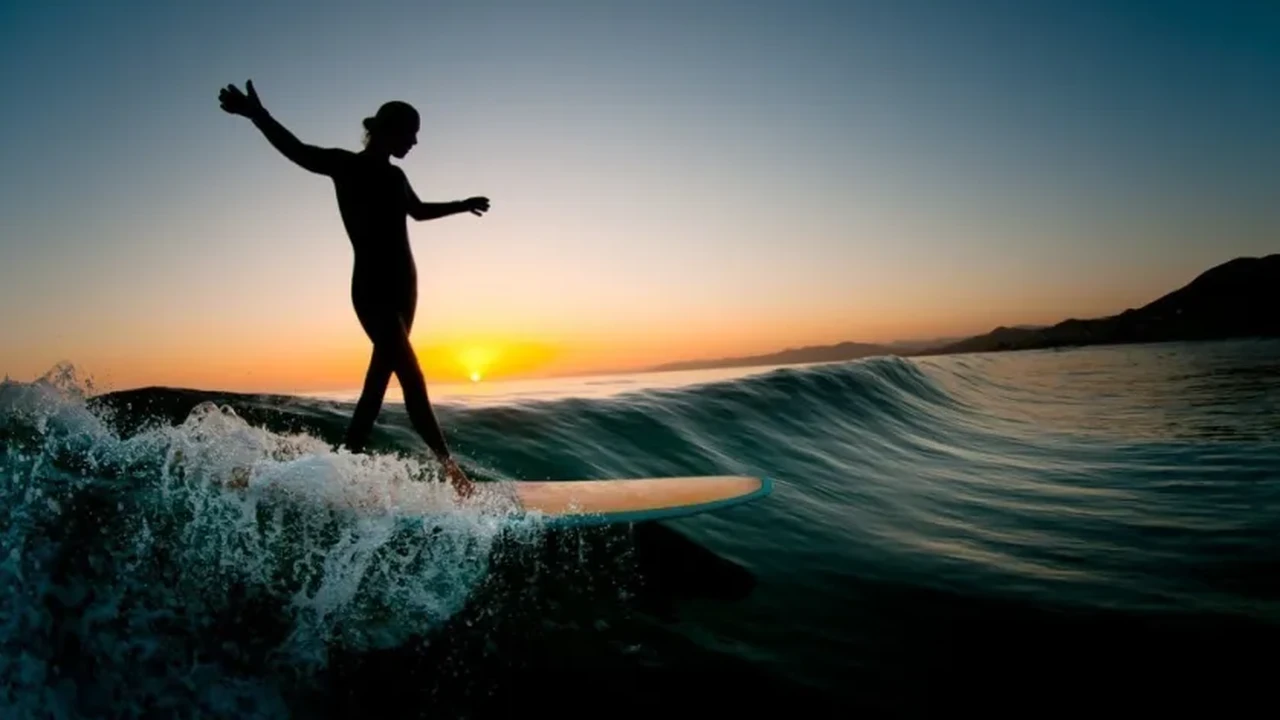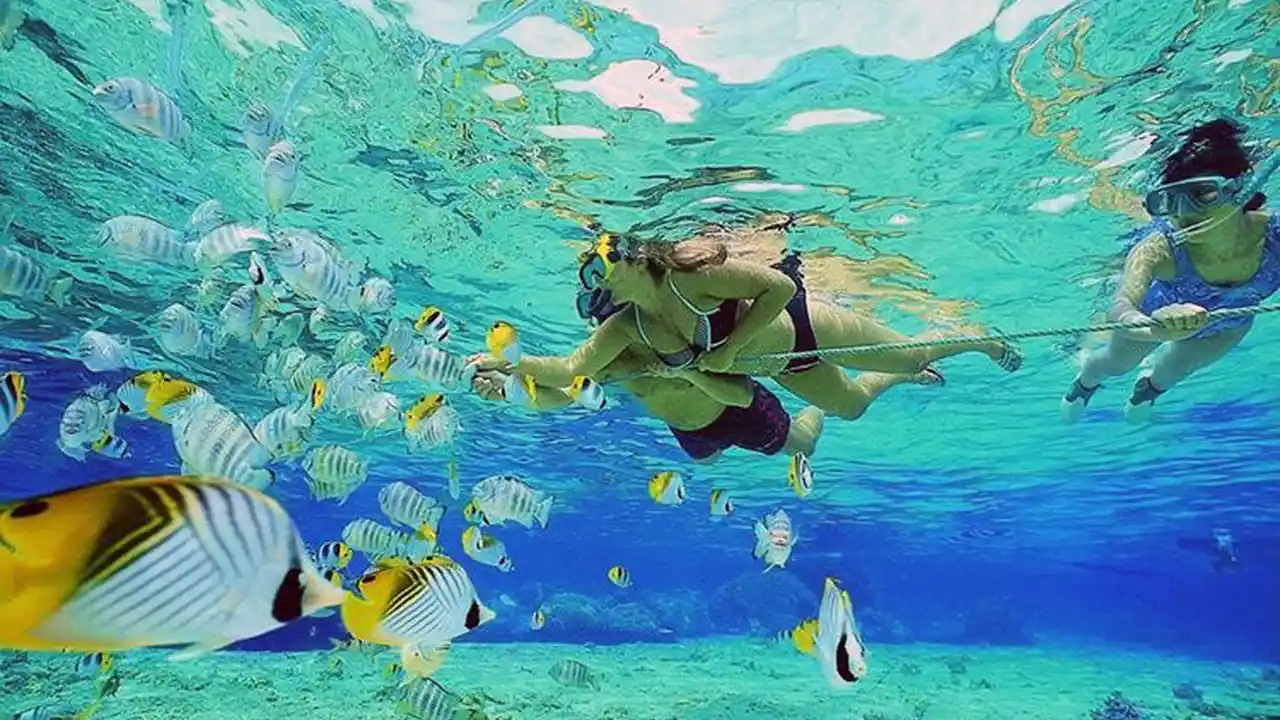Kayaking Gear Review: Top 5 Kayaks
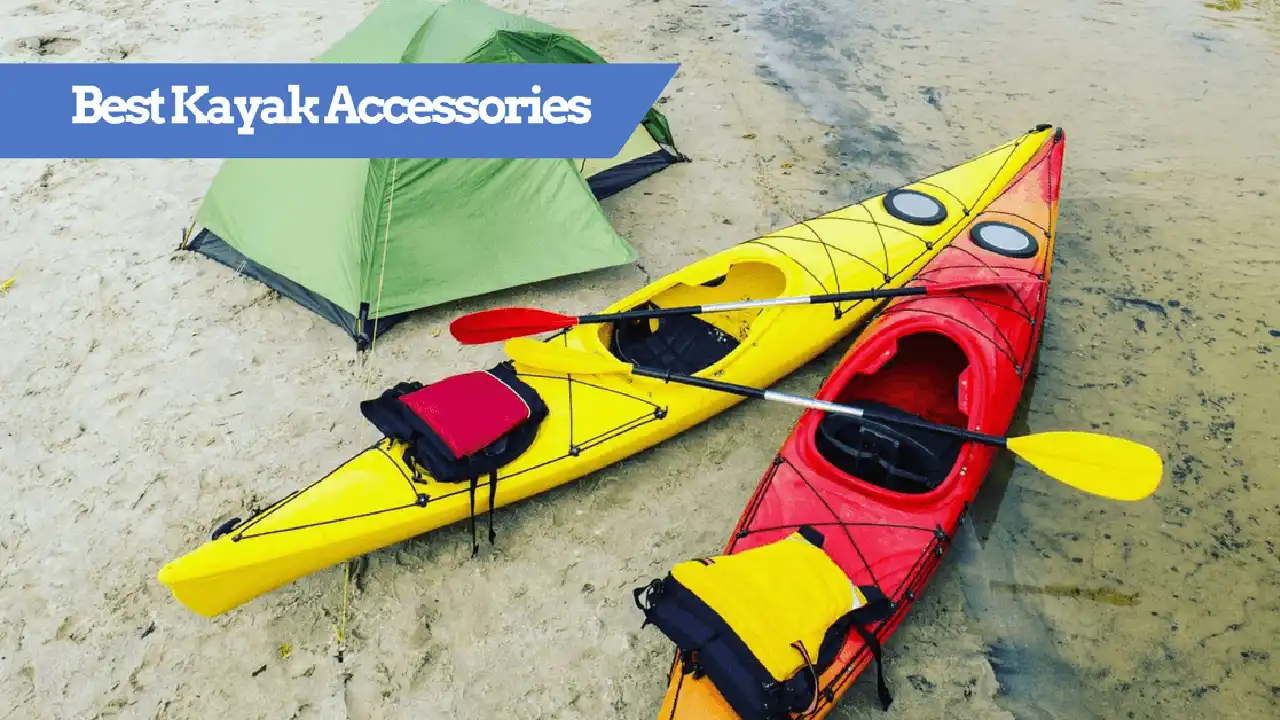
Unveiling the West Coast Kayaking Paradise
The West Coast of North America, stretching from California to Alaska, offers some of the most breathtaking and diverse kayaking destinations in the world. From serene lakes and calm bays to challenging ocean swells and rugged coastlines, there's a kayaking adventure waiting for every skill level. Whether you're a seasoned paddler seeking a thrilling expedition or a beginner eager to explore tranquil waters, the West Coast has something to offer.
Planning Your Kayaking West Coast Adventure Initial Considerations
Before embarking on your West Coast kayaking journey, careful planning is essential. Consider the time of year, weather conditions, and your skill level. The Pacific Northwest, for example, can experience heavy rainfall and strong currents, especially during the winter months. California, on the other hand, enjoys milder temperatures and calmer waters, making it ideal for year-round paddling. Research different locations and choose one that aligns with your experience and preferences.
Top Kayaking Destinations in California A Golden State of Paddling
California boasts a wide array of kayaking destinations, each with its unique charm. From the Channel Islands National Park to the serene waters of Lake Tahoe, the Golden State offers endless possibilities for exploration.
Channel Islands National Park Kayaking Among Wildlife
Known as the "Galapagos of North America," the Channel Islands offer a unique kayaking experience with abundant wildlife. Paddle alongside playful seals, observe majestic whales, and explore hidden sea caves. Guided tours are highly recommended, especially for beginners, as the waters can be unpredictable.
Recommended Product: Wilderness Systems Tarpon 140 - A stable and comfortable kayak suitable for various water conditions, including open ocean paddling. Price range: $1200 - $1500.
Use Case: Exploring the kelp forests and sea caves of the Channel Islands, providing a stable platform for wildlife viewing and photography.
Monterey Bay Kayaking with Sea Otters
Monterey Bay is a haven for marine life, including the adorable sea otter. Kayaking in Monterey Bay allows you to get up close and personal with these fascinating creatures. The bay is relatively calm, making it suitable for beginners. Several rental shops and guided tours are available.
Recommended Product: Perception Pescador Pro 12.0 - A versatile sit-on-top kayak ideal for fishing and recreational paddling in calm waters. Price range: $800 - $1000.
Use Case: Enjoying a leisurely paddle in Monterey Bay, spotting sea otters, and potentially engaging in some light fishing.
Lake Tahoe Kayaking in Crystal Clear Waters
Lake Tahoe, nestled in the Sierra Nevada Mountains, offers stunning views and crystal-clear waters. Kayaking on Lake Tahoe is a truly unforgettable experience. The lake is vast, so it's important to be aware of the weather conditions and paddle in designated areas.
Recommended Product: Advanced Elements AdvancedFrame Convertible Kayak - An inflatable kayak that offers excellent portability and performance, perfect for exploring Lake Tahoe's diverse shoreline. Price range: $700 - $900.
Use Case: Exploring the various coves and beaches of Lake Tahoe, easily transporting the kayak to different launch points, and enjoying a comfortable and stable paddling experience.
Exploring the Pacific Northwest Kayaking Adventures in Washington and Oregon
The Pacific Northwest, with its lush forests, rugged coastline, and pristine waterways, is a kayaker's paradise. Washington and Oregon offer a diverse range of kayaking experiences, from exploring the San Juan Islands to paddling the Columbia River.
San Juan Islands Kayaking with Orcas
The San Juan Islands, located off the coast of Washington, are renowned for their breathtaking scenery and abundant wildlife, including orcas (killer whales). Kayaking in the San Juan Islands offers a unique opportunity to witness these majestic creatures in their natural habitat. Guided tours are highly recommended, as the waters can be challenging.
Recommended Product: Eddyline Equinox Kayak - A high-performance touring kayak designed for stability, speed, and comfort, ideal for exploring the San Juan Islands' challenging waters. Price range: $2500 - $3000.
Use Case: Undertaking multi-day kayaking trips in the San Juan Islands, covering long distances, and confidently navigating strong currents and potentially rough seas.
Oregon Coast Kayaking Along the Rugged Shoreline
The Oregon Coast is a dramatic and beautiful coastline, offering a variety of kayaking opportunities. From exploring sea caves to paddling along sandy beaches, the Oregon Coast has something for everyone. Be aware of strong currents and tides, and always check the weather forecast before heading out.
Recommended Product: Dagger Alchemy 14.0S Kayak - A versatile sea kayak suitable for exploring the Oregon Coast's diverse coastline, offering a balance of stability, maneuverability, and storage space. Price range: $1300 - $1600.
Use Case: Exploring the sea caves and rocky inlets of the Oregon Coast, navigating challenging currents, and carrying essential gear for day trips or overnight adventures.
Columbia River Gorge Kayaking Amidst Waterfalls
The Columbia River Gorge, a scenic canyon carved by the Columbia River, offers stunning waterfalls and breathtaking views. Kayaking in the Columbia River Gorge is a unique experience, allowing you to get up close and personal with these natural wonders. Be aware of strong currents and boat traffic.
Recommended Product: Old Town Vapor 10 Kayak - A stable and easy-to-paddle recreational kayak perfect for exploring the calmer sections of the Columbia River Gorge. Price range: $500 - $700.
Use Case: Enjoying a relaxing paddle on the Columbia River, taking in the stunning scenery, and potentially stopping at various viewpoints along the shoreline.
Alaska The Last Frontier of Kayaking
Alaska, the "Last Frontier," offers some of the most remote and challenging kayaking destinations in the world. From paddling among glaciers to exploring pristine fjords, Alaska is a true adventurer's paradise. However, kayaking in Alaska requires careful planning and preparation, as the conditions can be unpredictable and unforgiving.
Glacier Bay National Park Kayaking Among Icebergs
Glacier Bay National Park is a UNESCO World Heritage Site, renowned for its stunning glaciers and abundant wildlife. Kayaking in Glacier Bay is a truly unforgettable experience, allowing you to paddle among towering icebergs and witness the raw power of nature. Guided tours are highly recommended, as the waters can be extremely cold and dangerous.
Recommended Product: Boreal Design Epsilon P200 Kayak - A high-performance expedition kayak designed for stability, durability, and comfort in challenging conditions, perfect for exploring Glacier Bay's icy waters. Price range: $3500 - $4000.
Use Case: Undertaking multi-day kayaking expeditions in Glacier Bay, navigating icy waters, and carrying extensive gear for remote camping and exploration.
Kenai Fjords National Park Kayaking with Marine Mammals
Kenai Fjords National Park is another stunning destination in Alaska, offering dramatic fjords and abundant marine life. Kayaking in Kenai Fjords allows you to get up close and personal with seals, sea otters, whales, and puffins. Be aware of strong currents and tides, and always check the weather forecast before heading out.
Recommended Product: Necky Manitou 14 Kayak - A versatile touring kayak suitable for exploring the Kenai Fjords' diverse coastline, offering a balance of stability, maneuverability, and comfort. Price range: $1800 - $2200.
Use Case: Exploring the various fjords and bays of Kenai Fjords National Park, spotting marine wildlife, and enjoying a comfortable and stable paddling experience.
Kayaking Gear Essentials for West Coast Adventures
Having the right gear is crucial for a safe and enjoyable kayaking experience on the West Coast. Here's a breakdown of essential equipment:
Choosing the Right Kayak Selecting Your Vessel
The type of kayak you choose will depend on your skill level, the type of water you'll be paddling in, and your personal preferences. Sit-on-top kayaks are generally more stable and easier to get in and out of, making them ideal for beginners. Sit-inside kayaks offer better protection from the elements and are more efficient for longer distances. Touring kayaks are designed for speed and stability in open water, while recreational kayaks are best suited for calm lakes and rivers.
Paddles Choosing the Right Blade Length and Material
A good paddle is essential for efficient paddling. Choose a paddle that is the right length for your height and the width of your kayak. Paddle blades come in various materials, including plastic, fiberglass, and carbon fiber. Carbon fiber paddles are the lightest and most efficient, but they are also the most expensive.
Personal Flotation Device PFD Safety First
A PFD (personal flotation device) is the most important piece of safety equipment. Always wear a PFD while kayaking, regardless of your swimming ability. Choose a PFD that fits snugly and is comfortable to wear.
Spray Skirt Keeping Dry and Warm
A spray skirt is a waterproof cover that fits around the cockpit of your kayak and prevents water from entering. Spray skirts are essential for kayaking in cold water or rough conditions.
Appropriate Clothing Layering for Comfort
Dress in layers to stay comfortable in varying weather conditions. Wear moisture-wicking fabrics to keep your skin dry. Avoid cotton clothing, as it can become cold and clammy when wet. Bring a waterproof jacket and pants in case of rain.
Navigation Tools Staying on Course
A map and compass are essential for navigating in unfamiliar waters. Learn how to use a map and compass before heading out on your kayaking adventure. A GPS device can also be helpful.
Safety Equipment Preparing for the Unexpected
Carry a first-aid kit, a whistle, a signaling device (such as a flare or a mirror), and a knife. It's also a good idea to bring a tow rope in case you need to assist another kayaker.
Kayaking Safety Tips for a Secure West Coast Trip
Safety should always be your top priority when kayaking. Here are some important safety tips to keep in mind:
Check the Weather Forecast Before You Go
Always check the weather forecast before heading out on your kayaking adventure. Be aware of potential hazards, such as strong winds, high waves, and thunderstorms.
Tell Someone Where You're Going
Let someone know your planned route and estimated return time. This is especially important if you're kayaking in a remote area.
Paddle with a Buddy
Kayaking with a buddy is always safer than paddling alone. If you encounter a problem, your buddy can assist you.
Know Your Limits
Don't push yourself beyond your skill level. If you're a beginner, start with calm waters and gradually work your way up to more challenging conditions.
Be Aware of Your Surroundings
Pay attention to your surroundings and be aware of potential hazards, such as boat traffic, rocks, and currents.
Practice Self-Rescue Techniques
Learn how to self-rescue in case you capsize. Practice these techniques in a safe environment before heading out on your kayaking adventure.
Stay Hydrated and Nourished
Bring plenty of water and snacks to stay hydrated and nourished during your kayaking trip.
Comparing Kayaks Key Features and Benefits
Choosing the right kayak involves considering various factors. Here's a comparison of different kayak types and their key features:
Sit-on-Top vs Sit-Inside Kayaks Stability and Performance
Sit-on-Top Kayaks: More stable, easier to get in and out of, self-bailing (water drains automatically), ideal for warm weather and recreational paddling.
Sit-Inside Kayaks: Better protection from the elements, more efficient for longer distances, better tracking (ability to maintain a straight course), ideal for colder weather and touring.
Recreational vs Touring Kayaks Intended Use and Design
Recreational Kayaks: Shorter and wider, more stable, easier to maneuver, ideal for calm lakes and rivers.
Touring Kayaks: Longer and narrower, more efficient, better tracking, more storage space, ideal for open water and multi-day trips.
Inflatable vs Hard-Shell Kayaks Portability and Durability
Inflatable Kayaks: More portable, easier to store, generally less expensive, can be less durable than hard-shell kayaks.
Hard-Shell Kayaks: More durable, better performance, can be more expensive and difficult to store.
Detailed Product Information Examples and Pricing
Here's a more detailed look at some of the kayaks mentioned earlier, including pricing (note that prices can vary depending on retailer and availability):
Wilderness Systems Tarpon 140 A Comprehensive Overview
Type: Sit-on-Top Kayak
Length: 14 feet
Width: 28 inches
Weight: 68 pounds
Capacity: 350 pounds
Features: Comfortable seat, adjustable footrests, paddle holders, gear storage, self-bailing scupper holes.
Price Range: $1200 - $1500
Detailed Information: The Tarpon 140 is a popular choice for anglers and recreational paddlers alike. Its stable platform and comfortable seating make it ideal for spending long days on the water. The self-bailing scupper holes ensure that water drains quickly, keeping you dry. The adjustable footrests and paddle holders allow you to customize the kayak to your liking. Ample gear storage provides plenty of room for fishing tackle, snacks, and other essentials.
Perception Pescador Pro 12.0 Fishing Focused Design
Type: Sit-on-Top Kayak (Fishing)
Length: 12 feet
Width: 32.5 inches
Weight: 64 pounds
Capacity: 325 pounds
Features: Comfortable seat, adjustable footrests, paddle holders, gear tracks, molded-in rod holders, transducer scupper.
Price Range: $800 - $1000
Detailed Information: The Pescador Pro 12.0 is designed specifically for fishing. Its wide and stable platform provides a solid base for casting and reeling in fish. The adjustable seat ensures all-day comfort. Gear tracks allow you to customize the kayak with various accessories, such as rod holders, fish finders, and camera mounts. Molded-in rod holders keep your rods secure while paddling. The transducer scupper allows you to easily mount a fish finder transducer.
Advanced Elements AdvancedFrame Convertible Kayak Inflatable Versatility
Type: Inflatable Kayak
Length: 15 feet
Width: 32 inches
Weight: 52 pounds
Capacity: 550 pounds
Features: Aluminum ribs in bow and stern for improved tracking, multiple air chambers for safety, adjustable seat, paddle holders, D-rings for attaching gear.
Price Range: $700 - $900
Detailed Information: The AdvancedFrame Convertible Kayak is a versatile inflatable kayak that can be paddled solo or tandem. Its aluminum ribs in the bow and stern provide improved tracking, making it easier to paddle in a straight line. Multiple air chambers ensure safety in case of a puncture. The adjustable seat allows you to customize the kayak to your liking. D-rings provide attachment points for gear. This kayak is easy to inflate and deflate, making it ideal for travel and storage.
Maintaining Your Kayak Ensuring Longevity
Proper maintenance will extend the life of your kayak and keep it performing at its best.
Rinsing After Each Use Removing Salt and Debris
Rinse your kayak with fresh water after each use, especially if you've been paddling in saltwater. This will remove salt, sand, and other debris that can damage the kayak over time.
Storing Your Kayak Properly Protecting from the Elements
Store your kayak in a cool, dry place away from direct sunlight. UV rays can damage the plastic over time. If you're storing your kayak outdoors, cover it with a tarp.
Inspecting for Damage Regular Checks for Wear and Tear
Regularly inspect your kayak for any signs of damage, such as cracks, dents, or leaks. Repair any damage promptly to prevent it from getting worse.
Cleaning and Waxing Protecting the Hull
Clean your kayak with a mild soap and water solution. You can also apply a wax to protect the hull from UV rays and scratches.
The Future of Kayaking on the West Coast Sustainability and Conservation
As kayaking becomes increasingly popular, it's important to consider the impact on the environment. Sustainable kayaking practices and conservation efforts are essential to protect the West Coast's fragile ecosystems.
Leave No Trace Principles Minimizing Your Impact
Follow Leave No Trace principles to minimize your impact on the environment. Pack out everything you pack in, stay on established trails, and avoid disturbing wildlife.
Supporting Conservation Efforts Protecting Our Waterways
Support organizations that are working to protect the West Coast's waterways. These organizations often conduct cleanups, restore habitats, and advocate for responsible kayaking practices.
Respecting Wildlife Observing from a Distance
Respect wildlife by observing from a distance. Avoid approaching or feeding animals. Be aware of nesting areas and avoid disturbing them.
Responsible Kayaking Practices Ensuring Future Enjoyment
Practice responsible kayaking practices, such as avoiding sensitive areas, minimizing noise, and disposing of waste properly. By working together, we can ensure that future generations can enjoy the beauty of the West Coast's kayaking destinations.
:max_bytes(150000):strip_icc()/277019-baked-pork-chops-with-cream-of-mushroom-soup-DDMFS-beauty-4x3-BG-7505-5762b731cf30447d9cbbbbbf387beafa.jpg)



